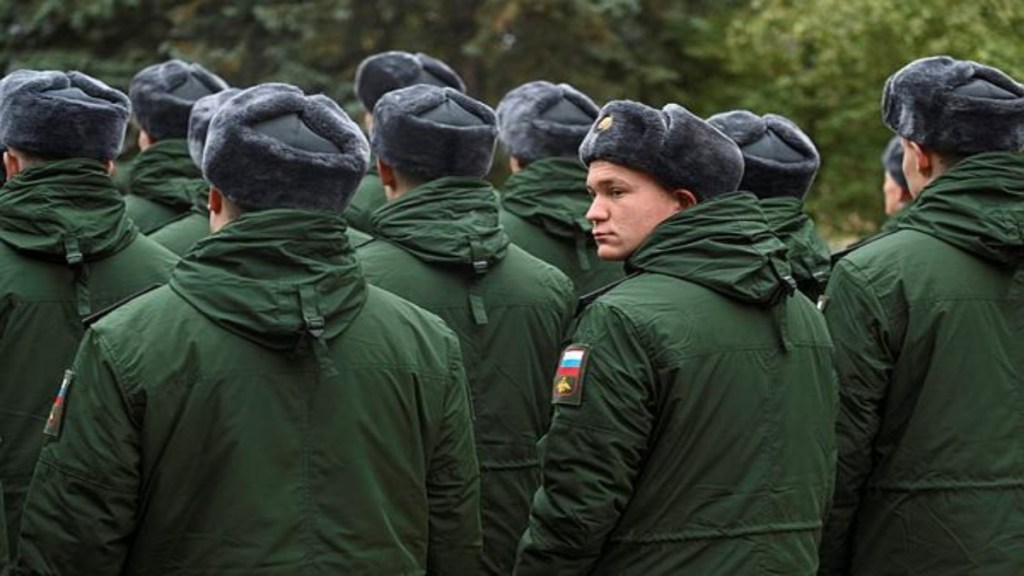Russian air defences successfully shot down over 100 Ukrainian drones on Sunday, marking one of the largest drone assaults against Russian territory since the conflict began. Moscow officials confirmed that 110 drones were destroyed during the overnight barrage across seven of Russia’s western regions, with the border region of Kursk being the primary target. Reports suggest that 43 drones were intercepted over Kursk alone.
Footage shared on social media appeared to show Russian air defences engaging drones over Dzerzhinsk, a city in the Nizhny Novgorod region, near a factory that produces explosives. Gleb Nikitin, the local governor, later confirmed that four Russian fighters were injured while defending the industrial zone from the drone attack, but details of the extent of the damage were not immediately available.
Although such large-scale drone strikes are still uncommon on Russian soil, there has been a noticeable increase in these attacks in recent months. At the end of September, Russia’s Ministry of Defense reported a similar large-scale incident in which 125 drones were destroyed across seven regions.
Meanwhile, in Ukraine, a separate missile strike targeted the city of Kryvyi Rih, resulting in significant damage and injuries. Two Russian ballistic missiles hit the city late on Saturday, injuring 17 people and causing damage to homes and businesses. Local authorities confirmed the extent of the destruction and are working to assess the full impact.
Ukrainian President Volodymyr Zelenskyy condemned the ongoing attacks in a social media statement, emphasizing that Russia had launched approximately 800 guided aerial bombs and over 500 attack drones on Ukraine within the past week. He reiterated his call for continued air support from Ukraine’s international allies, urging them to help combat what he described as “deliberate terror” against Ukrainian cities and communities. “United in defence, the world can stand against this targeted terror,” Zelenskyy stated.
The increasing frequency of such large-scale aerial assaults highlights the growing intensity of the conflict, as both nations continue to deploy advanced technologies and strategies to gain an upper hand in the war that began in February 2022.

